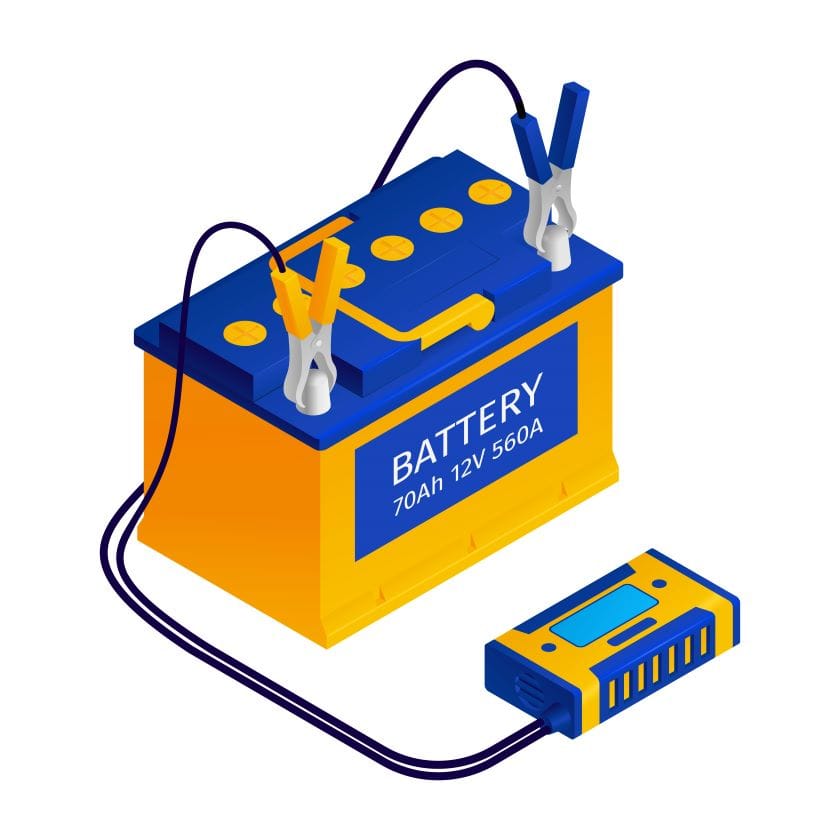In an era where technological strides simplify business operations, the realm of IT grapples with persistent challenges. The sudden loss of power during the handling of sensitive data can range from an inconvenience to a potential catastrophe. However, the fortification against such risks lies in the strategic adoption of an Uninterruptible Power Supply (UPS) for computer systems.

Decoding the Dynamics of UPS: At its core, an Uninterruptible Power Supply system comprises a battery pack, a battery charger, an inverter system, and a control system. The internal batteries seamlessly deliver continuous power while actively regulating incoming power fluctuations. The synergy of these components is paramount for the optimal functioning of a UPS system. By regulating incoming voltage and offering battery backup during power failures, a UPS acts as a safeguard against glitches caused by short outages. Furthermore, it ensures the protection of critical equipment during prolonged outages by facilitating a controlled shutdown. This translates to uninterrupted operations for computers, mitigating the risk of data loss, eradicating unexpected downtimes, and fortifying the resilience of all interconnected devices.
Strategic Business Advantages of UPS: Power outages wield a substantial financial impact on businesses. To navigate the perils of data loss, downtime, and escalated costs, a judicious investment in a UPS power supply, coupled with generators and power management software solutions, becomes indispensable. A UPS system not only shields businesses from the financial brunt of downtime but also acts as a stalwart defence against the vagaries of electrical supply irregularities that can compromise the functionality of critical applications.
Foundational Functions of UPS: A UPS system emerges as a sentinel against power failures, orchestrating the regulation of power supply to ensure a seamless and consistent flow of electricity. It assumes the role of a guardian, preventing data loss by facilitating a secure shutdown mechanism to avert the corruption of critical system files. During an outage, a UPS system steps in with crucial power backup, enabling uninterrupted workflow, preserving data integrity, and allowing for judicious preparation in anticipation of imminent power losses.
Mitigating Disruptive Power Challenges: The absence of a UPS system exposes critical equipment to potential damage, and subtle, undetectable power issues can wreak havoc by gradually compromising equipment integrity. Modern IT equipment, with its heightened sensitivity to electrical disturbances, underscores the indispensability of a UPS in mitigating unnoticed power quality issues. In doing so, it substantially reduces the risk of revenue and data loss, fortifying the operational continuity of businesses.
Economising Costly Downtime: Downtime inflicts exorbitant costs on businesses, and the recovery time post-outage can be both protracted and financially burdensome. A robust power protection strategy, anchored by a UPS system for servers, serves as a cost-effective insurance policy against such contingencies. While generators play a pivotal role, their standalone capability falls short in shielding equipment against a spectrum of power-related challenges. A UPS, acting as a bridge, ensures seamless operations until the generator engages, offering an additional layer of protection by regulating the quality of power produced.In essence, the embrace of an Uninterruptible Power Supply transcends mere technological investment; it morphs into a strategic imperative. By fortifying businesses against the capricious landscape of power-related disruptions, a UPS system emerges as a potent ally, preserving critical operations and upholding data integrity with unwavering resilience.











